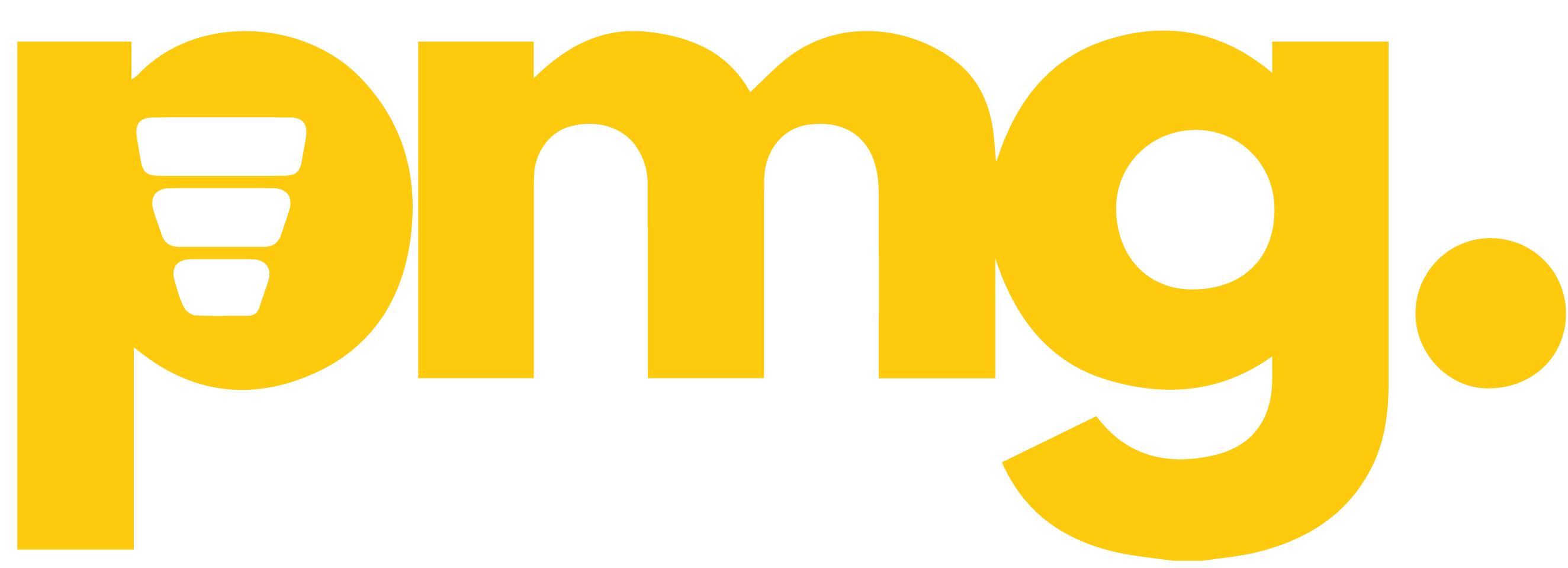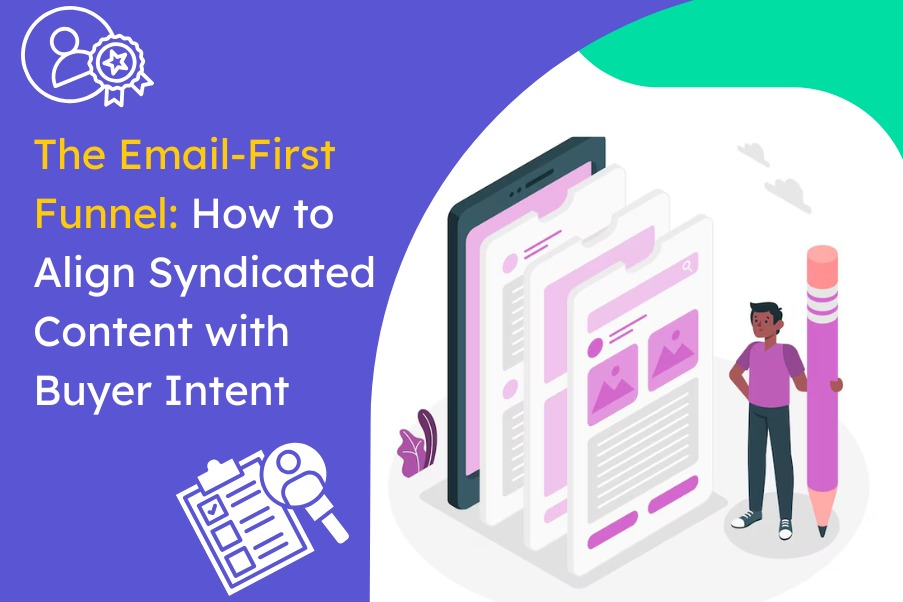Why BANT Email Strategy Needs a Rethink in 2025
Let’s start with the truth: BANT is not the problem.
If you’re sending emails that sound like they were written in 2013, no strategy will save your pipeline. The inbox has become a noisy battlefield. Buyers are more informed, more skeptical, and quicker to hit delete.
But the opportunity is still there, if you know how to reach it.
In this blog, we’ll uncover why generic BANT qualification emails fall flat and how to create a winning BANT email strategy by blending lead segmentation, intelligent email targeting, and a proven follow-up framework. And yes, this approach results in a serious conversion boost.
Let’s break it down.
The Problem with Generic BANT Emails
Generic emails are not neutral; they’re damaging.
Example: “Do you have a budget for our solution?”
“Are you the right person to talk to?”
These aren’t questions; they’re red flags. They signal that you didn’t do your homework. Worse, they demand answers before providing value.
Here’s why these emails fail:
- They assume too much. They expect the prospect to be ready to talk numbers, timelines, or authority on Day 1. In reality, most are still in research mode.
- They ignore buyer behavior. Just because someone downloaded a guide doesn’t mean they’re ready for a sales conversation.
- They don’t start a conversation. They force the recipient to justify their position: budget, need, timing, before there’s any relationship.
According to Gartner, only 23% of B2B buyers say they value the first outreach they receive from a vendor. That stat alone should stop you in your tracks.
If your BANT email strategy sounds like an interrogation instead of a conversation, it’s time to rebuild the entire flow.
What BANT Really Means in Practice
The BANT framework: Budget, Authority, Need, and Timeline is simple in theory. But in reality, how you approach each variable determines your success.
Here’s how to interpret and explore each factor without scaring the prospect off:
Budget
Instead of asking, “Do you have a budget?”, reframe it as a soft exploration.
Try this: “Many of our clients in similar roles plan around $X for solutions in this area; how are you approaching this internally?”
This shows expertise without being intrusive. It starts a budget conversation in a way that feels helpful, not demanding.
Authority
Too many emails go straight to, “Are you the decision-maker?” That’s blunt and outdated.
Try this instead: “Are you evaluating this for your team, or are there others who’d want to weigh in?”
This acknowledges that buying decisions are shared. It opens the door for multi-threading and gives your contact space to guide the process.
Need
Rather than assuming need, discover it.
Example: “We’ve seen companies in your space struggle with X. Is that something you’ve been noticing too?”
This way, you’re no longer pushing a product; you’re starting a real dialogue around challenges they care about.
Timeline
The worst question is: “When are you planning to buy?”
Instead, try: “Is this something you’re looking to solve this quarter, or more of a future initiative?”
It gives the prospect control while subtly surfacing urgency, if there is any. Bottom line? A good BANT email strategy uncovers answers without interrogation.
Lead Segmentation: Your First Strategic Move
Before you write a single sentence, you need to know who you’re writing to.
Lead segmentation makes this possible. It’s how you stop writing emails for “everyone” and start writing for someone specific.
Segment by Company Profile
Different companies have different buying behaviors.
- Startups are fast-moving and lean on self-service. Your message should be punchy and focused on agility or value for cost.
- Mid-market companies look for tools that improve performance without deep resource investment. Highlight fast ROI.
- Enterprises care about security, integration, and long-term impact. Show depth, scalability, and long-term wins.
The more specific your message, the more likely it is to resonate.
Segment by Role
Executives don’t care about the same things as team leads.
- Marketing heads want metrics and growth.
- IT directors care about risk and system fit.
- Operations managers are driven by process, workflow, and accountability.
Therefore, customizing your BANT email strategy to their lens increases engagement and relevance.
Segment by Buyer Stage
Someone who visited your blog isn’t the same as someone who requested a demo.
- Use content engagement to define awareness.
- Use behavior tracking to flag buying intent.
- Match messaging to the heat level of the lead.
According to Campaign Monitor, segmented emails see a 760% increase in revenue compared to batch-and-blast campaigns. That’s not a small bump. That’s a seismic shift. That’s the conversion boost you want.
Why Email Targeting Matters More Than Ever
The world doesn’t need more email. It needs a better email. And that starts with precise email targeting.
Go Beyond Demographics
Don’t stop at job titles. Use behavioral signals to refine your targeting.
- Who’s clicked on your pricing page?
- Who’s read two or more blog posts on the same topic?
- Who’s watching product videos on LinkedIn?
These signals speak louder than job titles. They show curiosity, intent, and need.
Customize Based on Behavior
Imagine this:
“I noticed you checked out our feature comparison page: curious, are you evaluating other tools for [specific use case]?”
That’s not cold. That’s context-rich.
Salesforce research found that 63% of buyers expect companies to use their data to personalize messaging. Yet fewer than half of B2B teams are doing it well. This is your competitive edge. When done right, email targeting becomes the secret weapon of your BANT email strategy.
Crafting a BANT Email Strategy That Works
Now let’s build the structure, step-by-step, with smart sequencing.
Step 1 – Lead with Value
Avoid product-first messaging. Start with insight.
“We recently helped a [job title] team reduce onboarding time by 34%. Thought it might be relevant as you scale.”
Start strong, stay focused.
Step 2 – Ask with Empathy
We covered how to phrase BANT questions earlier. Use those techniques here – frame your questions as mutual exploration, not demands.
Step 3 – Drop Proof Early
Social proof works. Even subtle references to clients or metrics can increase trust.
“Similar teams at [Industry Name] companies use this to reduce manual work – happy to share more if helpful.”
Step 4 – Give an Exit Ramp
Not every lead is ready. But how you leave the door open matters.
“If this isn’t a priority right now, I’m happy to check back next quarter; just let me know.”
No pressure. Just permission to keep the conversation alive.
Follow-Up Framework That Nurtures Without Nagging
Persistence beats aggression every time. According to Brevet, 80% of sales require 5 follow-ups, yet only 10% of reps go beyond 3.
Ideal Follow-Up Cadence
| Day | Type | Purpose |
| 1 | Initial personalized email | Introduce context and value |
| 3 | Resource drop | Build authority |
| 6 | Ask a soft BANT question | Gauge interest |
| 10 | Share a case study | Establish credibility |
| 14 | Permission-based CTA | Prompt response or pause |
Make sure every follow-up adds value. Never just say, “bumping this up.” That’s a fast track to “Mark as Spam.” Stick to this approach, and your BANT email strategy will feel more like a conversation than a campaign.
Proof in Performance: Stats That Back the Shift
Let’s not rely on theory – let’s look at results:
- 80% of B2B buyers say the average vendor outreach they receive is irrelevant
- 47% increase in response rates when emails reference real behavioral data
- Teams using lead segmentation reported 2x better MQL to SQL conversion
- A personalized BANT email strategy improved qualified lead volume by 39% in 90 days, per PMG client data
These aren’t minor tweaks. They’re strategic shifts that produce measurable returns.
Why PMG B2B Is Built for Smarter Lead Qualification
At PMG B2B, we do more than run campaigns; we design conversations that convert.
Our approach to outbound marketing, including BANT email strategy, is grounded in deep market insights, behavioral data, and performance-first thinking. Whether you’re a SaaS brand chasing growth or a tech enterprise nurturing long-cycle deals, we build strategies that do more than generate clicks; they qualify real opportunities.
Here’s how we help you stay ahead:
Strategy That Starts With Segmentation
We use advanced lead segmentation to align your message with the buyer’s role, stage, and pain points. No guesswork. Just clean, qualified targeting.
Emails That Don’t Feel Like Emails
With intelligent email targeting, we craft personalized sequences that sound like humans, not templates. Every word is written to create curiosity and invite replies.
Qualification That Feeds Your Pipeline
Our BANT workflows are tested, optimized, and designed to fuel sales, not stall them. You’ll stop chasing ghost leads and start engaging real decision-makers.
Results That Speak in Numbers
Clients who switch to PMG’s structured BANT email strategy see up to 44% more sales-qualified leads within 60 days. Our job isn’t to impress you with buzzwords. It’s to deliver what matters: pipeline growth, faster closes, and measurable ROI.
If your lead funnel feels stuck, stale, or silent, it’s time for a smarter engine.
Conclusion: Stop Sending. Start Connecting.
If you’re still relying on templates that treat every prospect the same, then you’re leaving pipeline on the table. A successful BANT email strategy is rooted in three pillars:
- Intent-based lead segmentation
- Real-time email targeting
- Thoughtful messaging that builds trust
When you combine those with a structured follow-up plan, you create relationships that convert. So pause before your next send. Ask:
- Is this email relevant?
- Is this message timely?
- Is this the kind of outreach you would respond to?
If yes, then hit send. If not, rewrite until it is. Because the leads are out there. And the right message still wins.
Want to sharpen your outbound emails? Let PMG B2B craft a BANT email strategy that works. Let’s start converting intent into pipeline, smartly.




